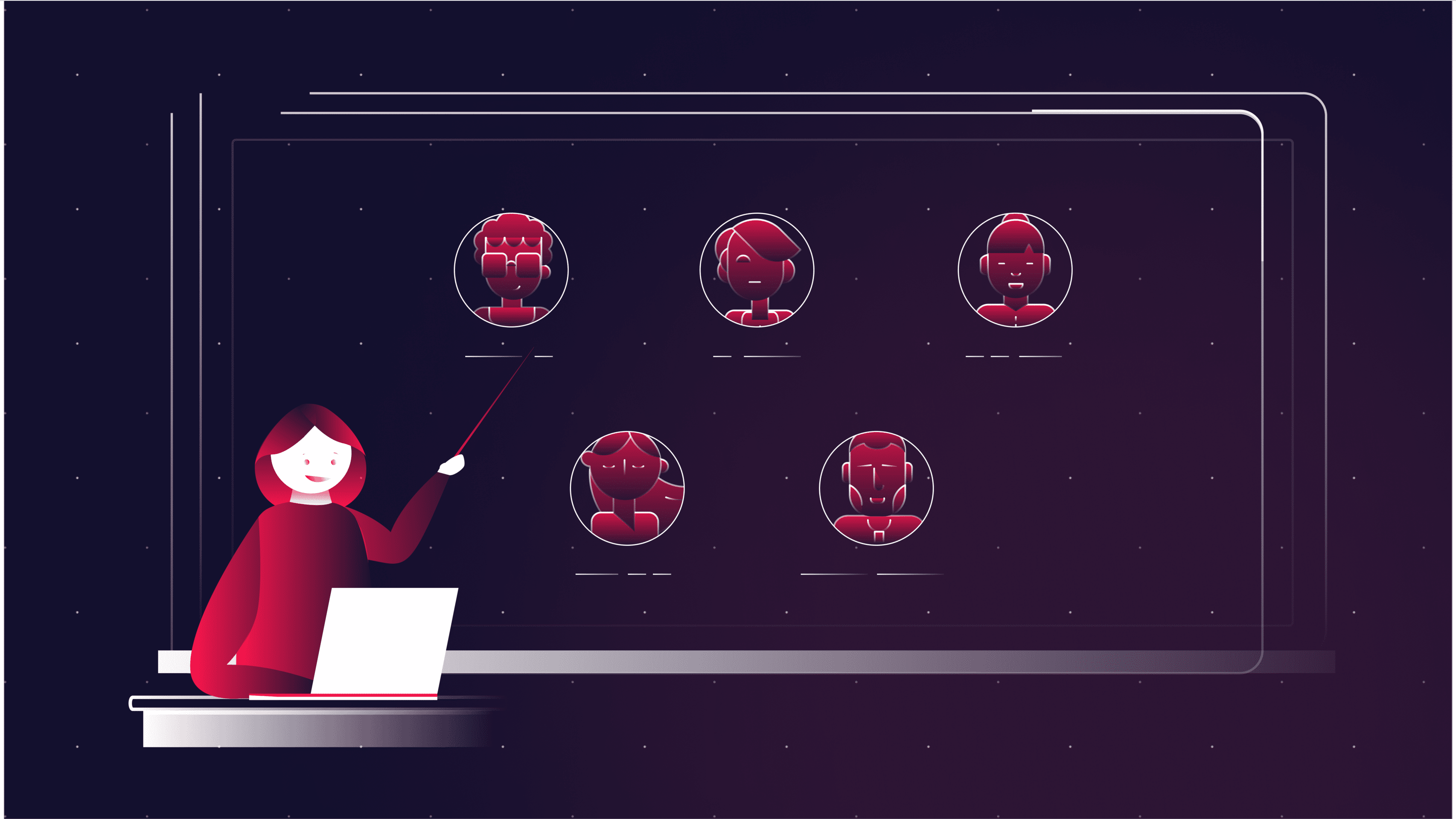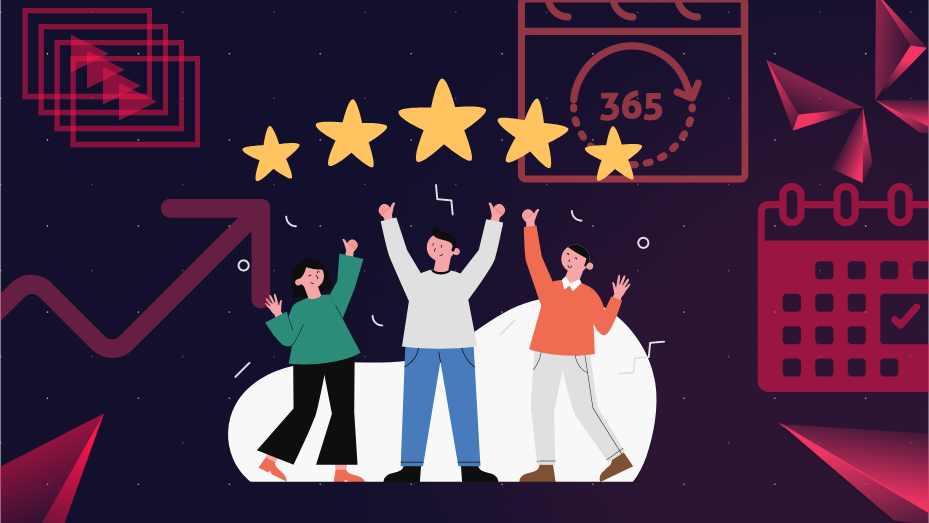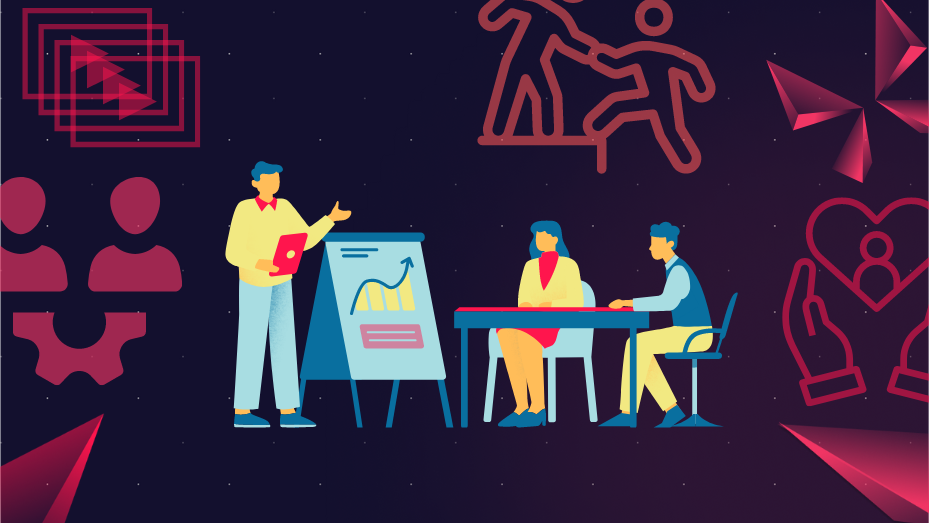Tips For Getting Personalized Marketing Right (The First Time)

If you’re a Netflix user like me, you probably enjoy the personalized experience Netflix brings to you. They cater their programs to your taste, offering you new shows that peak your curiosity. They seem to get you. Before long you’re a loyal customer.
How does that happen? Why do you believe Netflix is in sync with your needs?
The answer is that they've perfected the art of hyper-personalization. To effectively convert your prospects to customers and keep them coming back for more, you need to personalize your marketing and treat your customers individually. But personalized marketing can be tricky. So when you decide to invest in personalized marketing, you better do it right the first time - from setting up technology infrastructure to mapping out the customer’s journey.
Here are 5 tips for getting your personalized marketing right (the first time).
Even if you are committed to personalized marketing, and you are eager to start collecting your customer data, you first need to make sure you have the right tools in place. Marketers should strategically map out the mechanics of personalized marketing solutions to make sure their current platform is sufficient to meet different aspects of their marketing needs.
Here are a few questions you want to ask your marketing team:
- Is the personalization engine capable of handling massive customer data?
- Do we have the right marketing automation algorithms to automate repetitive tasks?
- Is our product recommendation good enough to drive conversions, especially when we have large product catalogs?
- Do we have the right infrastructure to run multiple A/B tests simultaneously?
- Is our AI-driven content personalization engine smart enough to make intelligent decisions with the individual customer?
From persona to personalization - Every story needs to be backed by data
In today’s digital era, every decision starts with data. Every customer has a unique set of data that can be used to generate customized content, content that will help you connect with the customer dynamically and intelligently. If you have the right technology you should be able to collect your customer’s data at every single touchpoint across his journey.
You need to combine your user’s profile, real-time behavior, browsing history, purchasing history, email opens, geolocation, third-party data, and more to build the unique content that has the most relevance for each customer. This is where machine learning algorithms kick in to do a more granular analysis. The more customer data collected from different times and locations, the more refined and effective personalized content will appear.
This valuable data can help you generate customer insights and segmentation. It will make it easier to manage your large audiences and help you decide what content to send to whom and when, and where to send it.
Buyer personas used to be the gold standard of marketing campaigns. You might already have a list of hypothetical characters. But if you want to gain a competitive edge, personas are not enough. You need to go deeper into customer analysis. Instead of targeting a hypothetical bachelor living with his dog in San Jose, California, target your actual customers who are brimming with real data.
Thanks to machine learning algorithms, now you have the capability to drill down many levels more to really understand your specific customers and make decisions at a more individualized level. If you do it right, your prospects will pay more attention to your products and your customers will feel a stronger bond with you. However, you need to keep a close eye on the personalization to make sure it doesn’t go too far. You don’t want your customers to feel their privacy has been infringed upon.
Impact every stage of the customer journey across channels
While you are offering personalized experiences to your customers, it is important to make sure they affect every stage of the digital customer’s journey. It’s not about selling your products to your customers online anymore. It’s about selling experiences to them. Each of your customers is unique, and each of them has unique wants and needs in different stages of the funnel.
For example, a clothing eCommerce company might see a customer is browsing jackets. Based on the customer’s profile data and browsing behavior, a dynamic and interactive promotion offer can be displayed that encourages the customer to add to the cart a pair of pants, shoes, or accessories to match that jacket. However, it’s then that Cart Abandonment enters the picture. The sale is not complete when your customer has all these items in his cart. Research shows that 70% of online shoppers progress to the cart stage but eventually abandon their cart. You need to send personalized emails to those customers to encourage them to finish the purchase. You want to offer highly personalized content in each stage of the customer journey to engage and interact with them, especially in the last part of the journey, the sale.
After you successfully convert your visitor through the effort of personalized marketing, you need to encourage your customers to keep coming back and continuously delight them so that you can increase their customer lifetime value.
The personalization game never ends
Just like any other process, you need continuous review and refining of your personalized marketing strategy to ensure its effectiveness. Amass more and more data from your customers, keep iterating and deploying better algorithms by tuning your personalization engine, and keep tracking your customers’ behavior over the long term.
Don’t forget the importance of A/B testing. It helps you to compare different versions of personalized content at different stages of your customer journey so that you can keep optimizing the customer experience to maximize the customer lifetime value. Netflix runs about 250 A/B tests every year - one of the reasons why no two users have the same experience on its platform.
Final Thoughts
Personalized marketing is not a mystery anymore. With the right technology and some guidance, you too can create a unique and enjoyable experience that meets your customers’ increased expectations. By leveraging AI-driven personalization engine and massive data analytics, you have the chance to forge a long-lasting relationship with your customers.
So ask yourself: Isn’t it time I began implementing personalized marketing for my company?
Still have questions? We are here to help and provide suggestions on personalized marketing.


